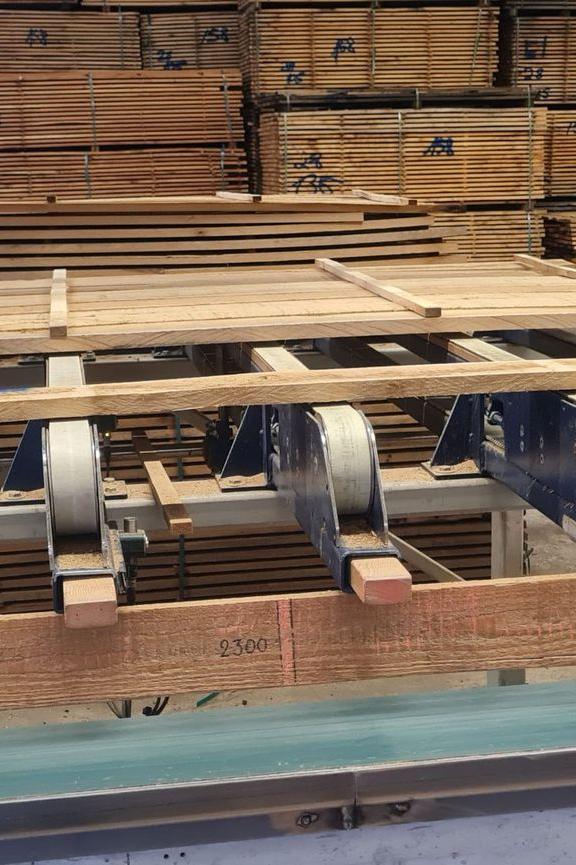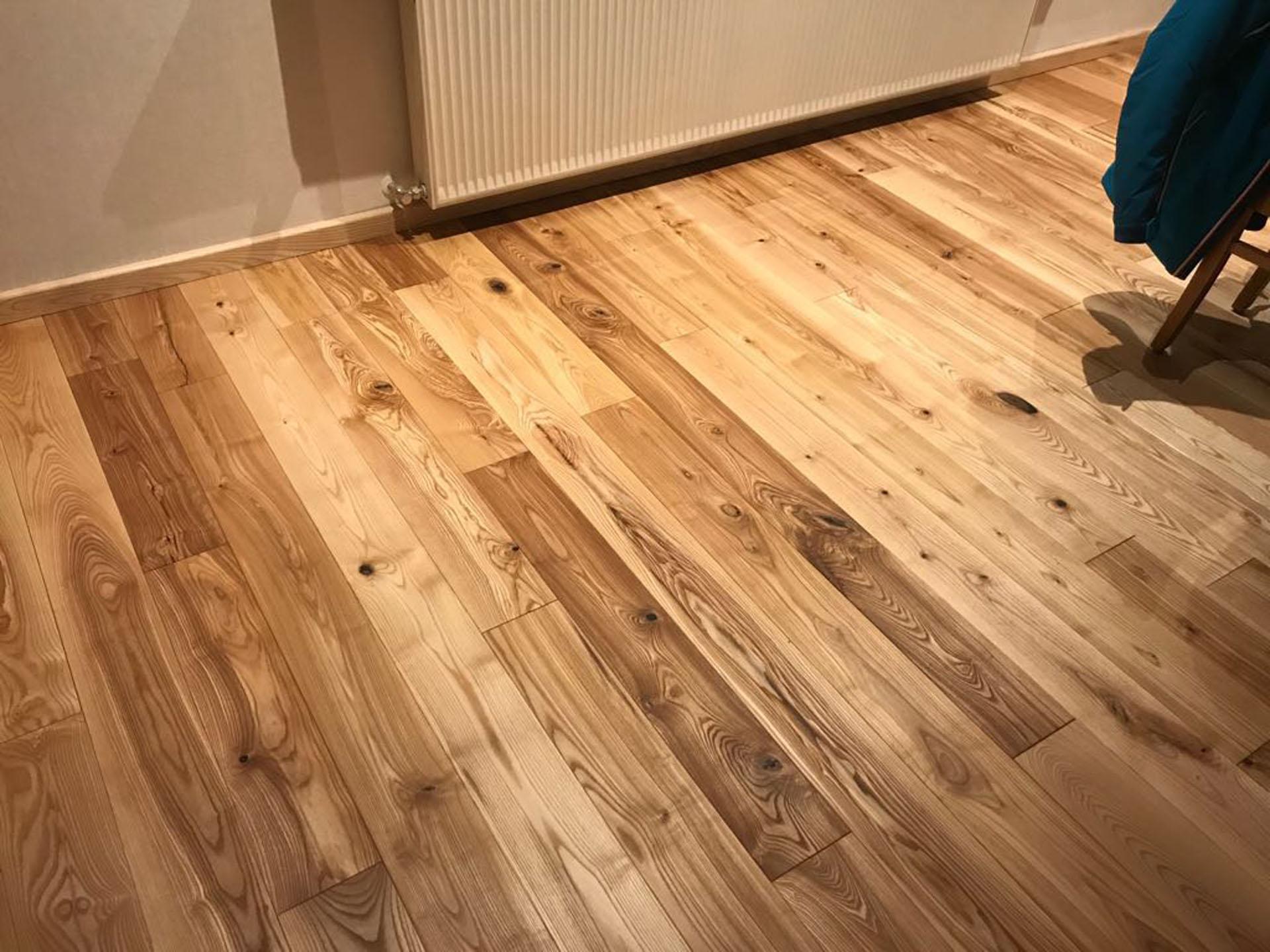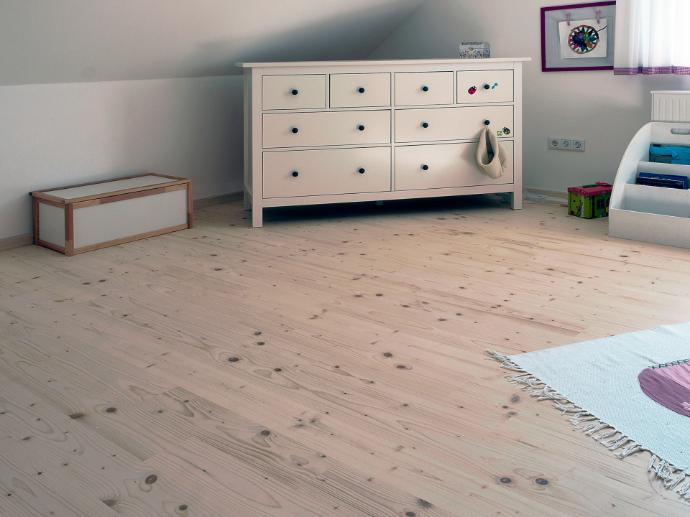
The Gutshofdiele – Craftsmanship, precision, and naturalness
The *Gutshofdiele* is manufactured at the family-owned forestry and sawmill operation Hegener-Hachmann on the Hanxleden estate — a place where agriculture, forestry, and wood processing have been carried out in harmony with nature for five generations.
True to the philosophy *“Improving quality of life — through and with wood,”* high-quality solid wood planks are produced here from local woods such as oak, ash, maple, beech, larch, spruce, and nobilis fir.
At the heart of it all lies the union of traditional craftsmanship and modern precision:
-
craft finishing
-
meticulous processing with the highest precision
-
tangible added value for any living environment
Wood is alive. With the *Gutshofdiele*, it becomes a design element that brings natural warmth, timeless aesthetics, and a healthy indoor climate into any home.
Where does the wood for the Gutshofdielen come from?
The wood for the *Gutshofdielen* comes exclusively from sustainably managed, regional forests in Germany — including the Sauerland, Bergisches Land, Münsterland, Northern Hesse, and the Hochstift region.
To ensure the highest quality and protect nature, the wood is only felled in winter during the tree’s dormant phase. This way, flora and fauna are preserved, and the wood retains its natural stability.
Thanks to PEFC certification, *Gutshofdiele* guarantees a sustainable, controlled, and fully documented origin. Short transport routes, a low-CO₂ supply chain, and support for local forestry ensure an ecologically responsible product — from the tree to the plank.
Each Gutshofdiele is then individually processed in the in-house manufactory — creating a durable, natural wooden floor that combines quality, regional origin, and sustainability.
Production of solid wood planks
After the delivery of the raw planks from the in-house sawmill or storage, the blanks are first planed. This is followed by measuring the wood moisture and a thorough quality inspection of each individual board.
Any imperfections are cut out, resulting in boards of varying lengths. The blank is pre-planed and jointed to minimize warping and unevenness. After that, the boards rest for 8 to 10 days to naturally settle.
Good to know:
The electricity for the drying chambers in the sawmill is generated on-site from renewable photovoltaic energy.
After the resting period, another planing and jointing process is carried out, during which the planks are additionally fitted with tongue and groove. This second processing step ensures exceptional dimensional accuracy — a quality feature that is clearly noticeable in the finished floor.
Finally, the planks are inspected multiple times by trained staff, sorted according to in-house quality standards, and packed in lightproof, sealed wooden crates. This special packaging allows for long-term storage without any changes in color or dimensional stability.

Some examples of the most beautiful wood species and solid wood floors

Precious wood ash (distinct grain)
The precious wood ash resembles oak in its grain but has a distinct character of its own — especially due to its inviting, warm golden tone. Another advantage: ash is very hard and therefore extremely durable. A higher proportion of heartwood and knots makes *Ash Distinct* a lively and unique floor.
Knot holes and cracks are factory-filled.
Spruce (natural)
No solid wood plank feels “warmer underfoot” than a spruce plank. This unique quality comes from its large softwood zones. Its light color and uniform grain make any room with spruce flooring feel bright and welcoming. A moderate number of knots and its distinctive grain still ensure that every floor is one of a kind. Mechanical brushing further enhances the floor’s durability.
The natural tone of the wood is enhanced by oiling.
